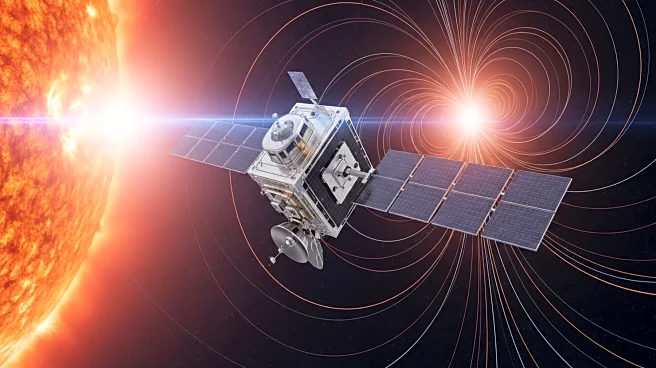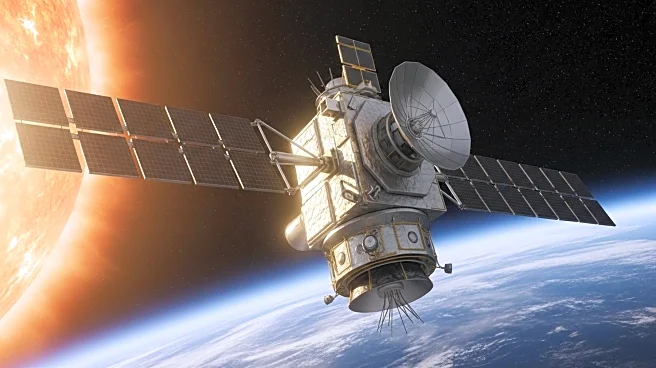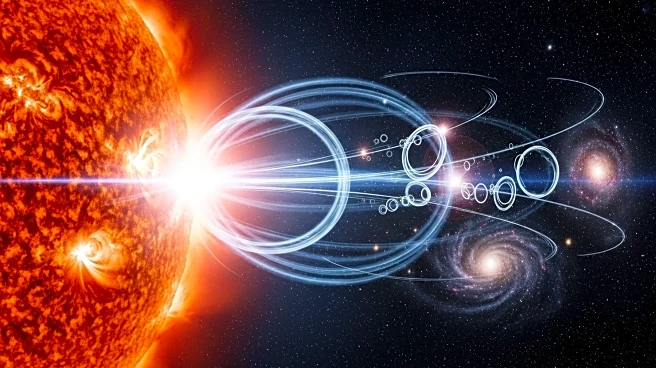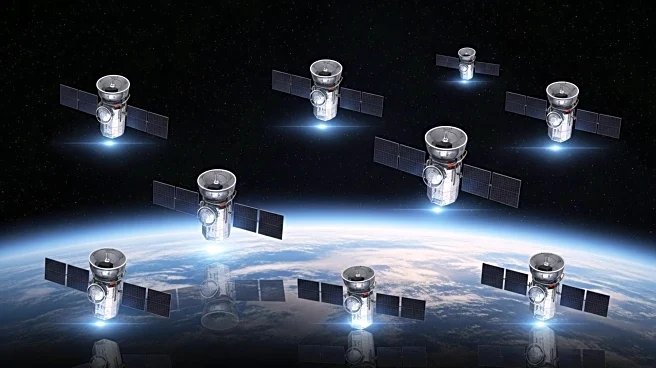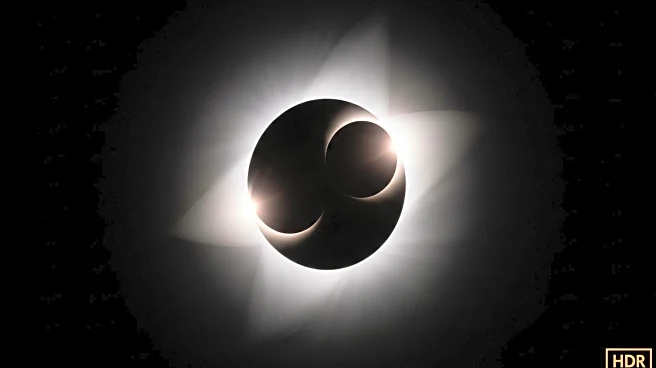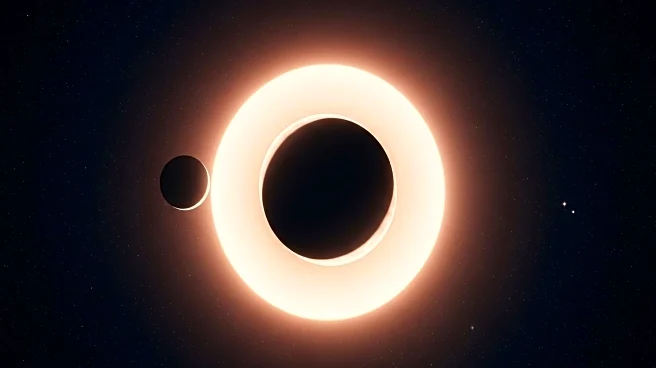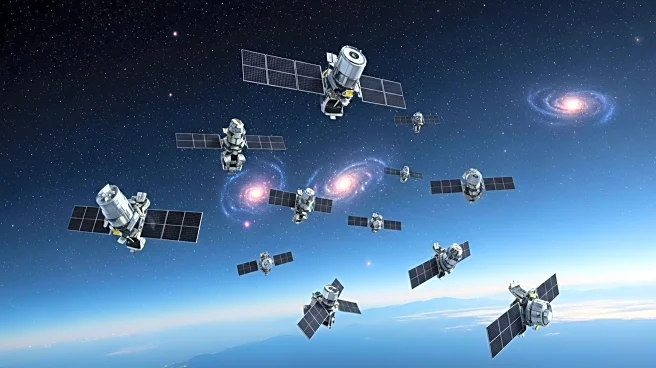What's Happening?
The Solar Orbiter spacecraft has successfully forecasted solar storms 15 hours before they hit Earth, marking a significant advancement in space weather prediction. The sun occasionally releases coronal mass ejections (CMEs), which can generate strong magnetic fields capable of damaging electronics on Earth. The Solar Orbiter, positioned between the sun and Earth, analyzed these CMEs to predict their impact. Emma Davies and her team at the Austrian Space Weather Office used the spacecraft's measurements to model the magnetic structures of CMEs, allowing them to predict the strength of geomagnetic storms well in advance. This method provides a crucial early warning system, potentially mitigating the effects of solar storms on electronic systems.
Why It's Important?
The ability to predict solar storms hours before they reach Earth is vital for protecting electronic infrastructure and communication systems. Early warnings can help industries and governments prepare for potential disruptions, safeguarding critical operations and reducing economic losses. This advancement in space weather forecasting could lead to improved resilience against solar storm impacts, enhancing national security and technological stability. The research underscores the importance of continued investment in space weather monitoring and the development of predictive models to protect against natural phenomena.
What's Next?
Further observations and data collection are necessary to refine predictive models and improve the accuracy of solar storm forecasts. The success of the Solar Orbiter's measurements may encourage the development of dedicated solar storm monitoring missions closer to the sun. Collaboration between international space agencies could enhance the effectiveness of these efforts, leading to more reliable early warning systems. Continued research will focus on understanding the behavior of CMEs and their magnetic fields to improve prediction capabilities.
